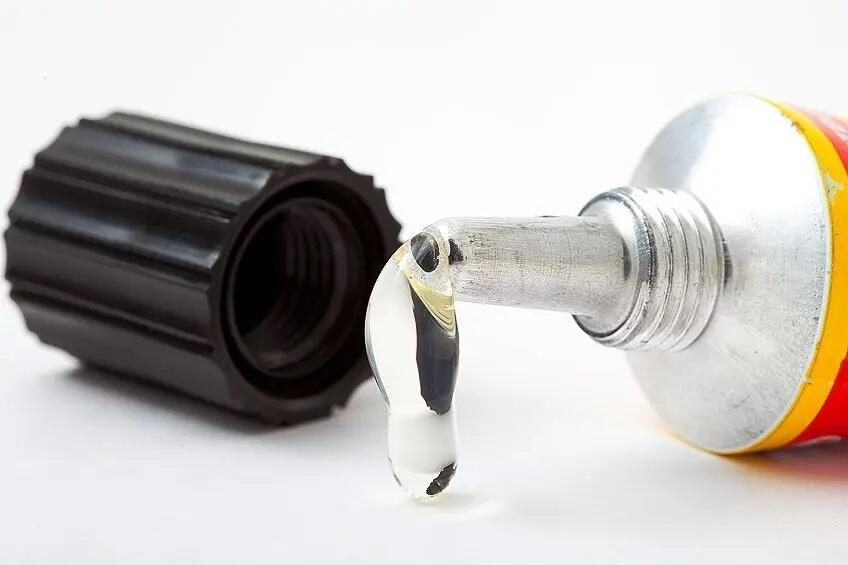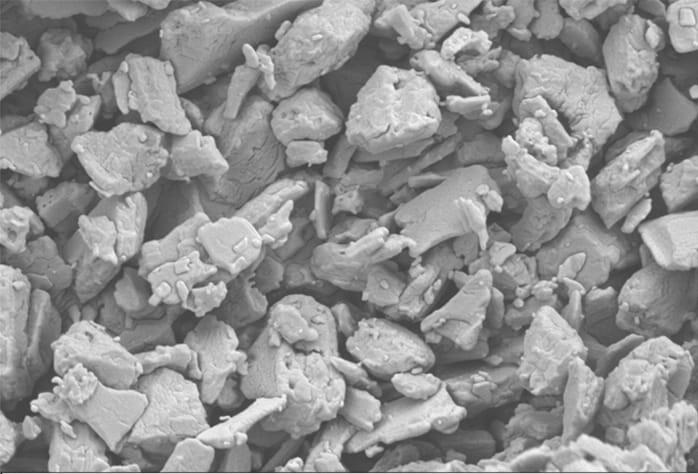
Bagaimana Agen Pengeras Epoksi Mempengaruhi Kekuatan Komposit Agen pengeras epoksi menentukan integritas struktural dan kinerja bahan komposit melalui interaksi kimia yang tepat. Dengan memicu reaksi pelintasan, agen-agen ini mengubah bahan viskos...
LIHAT SEMUA
Cara Kerja DETA sebagai Pengeras Berbasis Amina dalam Pengerasan Epoksi Memahami Pengeras Berbasis Amina dan Perannya dalam Pengerasan Epoksi Pengerasan epoksi dimulai ketika pengeras berbasis amina menyerang cincin epoksida melalui reaksi nukleofilik, membentuk ikatan kovalen...
LIHAT SEMUA
Peran Dasar Amina Alifatik dalam Sistem Pengerasan Epoksi Memahami Agen Pengeras Berbahan Dasar Amina Alifatik dan Penggunaannya yang Luas Amina alifatik memainkan peran sangat penting dalam sistem pengerasan epoksi karena reaksinya yang sangat baik dengan matriks resin...
LIHAT SEMUA
Memahami Peran TETA dalam Pengawetan Epoksi dan Pembentukan Jaringan Struktur Kimia dan Reaktivitas Triethylenetetramine (TETA) Triethylenetetramine, yang umum dikenal sebagai TETA, menonjol sebagai amina alifatik tetrafungsional yang mengandung empat gugus ...
LIHAT SEMUA
Memahami IPDA sebagai Agen Pengawet Kinerja Tinggi untuk Sistem Epoksi Struktur kimia dan reaktivitas IPDA dalam sistem epoksi IPDA, yang merupakan kependekan dari Isophorone Diamine, memiliki struktur sikloalifatik khusus dengan dua gugus amina primer yang benar-benar ...
LIHAT SEMUA
Memahami Fungsi dan Jenis Pengencer Epoksi Peran Pengencer Epoksi dalam Mengubah Sifat Resin Pengencer epoksi berfungsi sebagai modifikasi viskositas yang memungkinkan pengendalian aliran resin secara tepat tanpa mengorbankan stabilitas termal....
LIHAT SEMUA
Memahami Peran DETA dalam Kimia Pengeringan Epoksi Struktur kimia dan reaktivitas DETA dalam pengeringan epoksi Diethylenetriamine, atau DETA, memiliki dua gugus amina utama ditambah satu gugus sekunder lainnya, sehingga memberikan tiga posisi yang dapat bereaksi dengan ...
LIHAT SEMUA
Bagaimana Pengeras Amina Mempengaruhi Sifat Mekanis Epoksi Memahami Jenis-Jenis Amina dan Reaktivitasnya terhadap Resin Epoksi Pengaruh pengeras amina terhadap sifat epoksi sangat bergantung pada komposisi molekulnya dan cara mereka bereaksi secara kimia. Ambil contoh prim...
LIHAT SEMUA
Bagaimana Pelapis Lantai Epoksi Pengeringan Cepat Meningkatkan Efisiensi Proyek Ilmu di Balik Pelapis Lantai Epoksi Pengeringan Cepat Pelapis epoksi terbaru dapat mengeras sangat cepat berkat kerja kimia yang cerdas. Ketika resin bercampur dengan pengeras, th...
LIHAT SEMUA
Peran IPDA sebagai Zat Pengering dalam Resin Epoksi Struktur Kimia dan Reaktivitas IPDA dalam Sistem Epoksi IPDA, juga dikenal sebagai Isophoronediamine, memiliki struktur sikloalifatik yang menarik dengan dua gugus amina primer yang sangat reaktif...
LIHAT SEMUA
Ilmu di Balik Ketahanan Air Resin Epoksi: Struktur Molekul dan Jaringan Polimer Terjalin Silang pada Epoksi yang Telah Mengeras. Saat resin epoksi mengeras, ia membentuk jaringan tiga dimensi dari polimer terjalin silang. Rantai molekul ini saling menempel erat...
LIHAT SEMUA
Dasar-Dasar Peran IPDA dalam Kimia Pengeringan Epoksi: Struktur Kimia dan Reaktivitas IPDA dalam Mekanisme Pengeringan Resin Epoksi. Isophorone diamine, atau IPDA untuk singkatnya, memiliki struktur sikloalifatik khusus dengan dua gugus amina utama yang benar-benar bereaksi...
LIHAT SEMUA